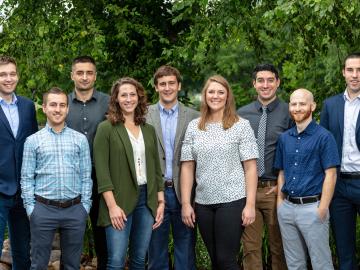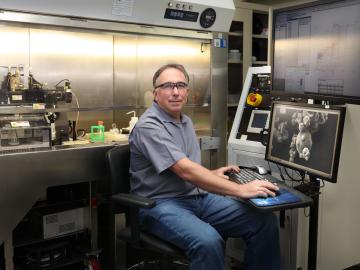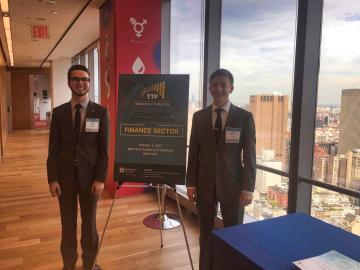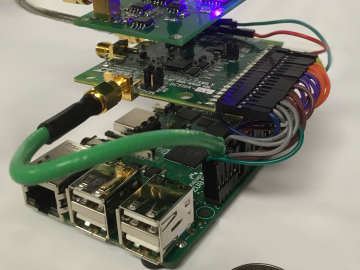
Filter News
Area of Research
- Advanced Manufacturing (6)
- Biology and Environment (11)
- Building Technologies (1)
- Computer Science (1)
- Energy Science (50)
- Fusion and Fission (4)
- Fusion Energy (4)
- Materials (31)
- Materials for Computing (5)
- National Security (6)
- Neutron Science (15)
- Nuclear Science and Technology (12)
- Quantum information Science (3)
- Supercomputing (39)
News Topics
- (-) 3-D Printing/Advanced Manufacturing (33)
- (-) Biology (6)
- (-) Composites (4)
- (-) Computer Science (53)
- (-) Fusion (17)
- (-) Grid (10)
- (-) Machine Learning (8)
- (-) Mathematics (2)
- (-) Physics (22)
- (-) Quantum Science (17)
- (-) Transportation (22)
- Advanced Reactors (15)
- Artificial Intelligence (9)
- Big Data (12)
- Bioenergy (15)
- Biomedical (27)
- Biotechnology (2)
- Buildings (1)
- Chemical Sciences (5)
- Clean Water (3)
- Coronavirus (25)
- Critical Materials (3)
- Cybersecurity (7)
- Energy Storage (23)
- Environment (32)
- Exascale Computing (3)
- Frontier (1)
- High-Performance Computing (3)
- Isotopes (14)
- Materials (2)
- Materials Science (47)
- Mercury (2)
- Microscopy (13)
- Molten Salt (6)
- Nanotechnology (26)
- National Security (2)
- Neutron Science (45)
- Nuclear Energy (41)
- Polymers (12)
- Security (10)
- Space Exploration (4)
- Summit (19)
Media Contacts

Oak Ridge National Laboratory scientists have devised a method to control the heating and cooling systems of a large network of buildings for power grid stability—all while ensuring the comfort of occupants.

Three researchers from the Department of Energy’s Oak Ridge National Laboratory have been elected fellows of the American Physical Society (APS). Fellows of the APS are recognized for their exceptional contributions to the physics enterprise in outstanding resear...

Scientists at the Department of Energy’s Oak Ridge National Laboratory used neutrons, isotopes and simulations to “see” the atomic structure of a saturated solution and found evidence supporting one of two competing hypotheses about how ions come

If you ask the staff and researchers at the Department of Energy’s Oak Ridge National Laboratory how they were first referred to the lab, you will get an extremely varied list of responses. Some may have come here as student interns, some grew up in the area and knew the lab by ...

The next cohort of Innovation Crossroads fellows at Oak Ridge National Laboratory will receive support from the U.S. Department of Energy’s Advanced Manufacturing Office (AMO) and the Tennessee Valley Authority (TVA). Officials made the announcement today at th...

Long-haul tractor trailers, often referred to as “18-wheelers,” transport everything from household goods to supermarket foodstuffs across the United States every year. According to the Bureau of Transportation Statistics, these trucks moved more than 10 billion tons of goods—70.6 ...

Mircea Podar has travelled around the world and to the bottom of the ocean in pursuit of scientific discoveries, but it is the uncharted territory he encounters when working with new microbes that inspires his research at ORNL.

As technology continues to evolve, cybersecurity threats do as well. To better safeguard digital information, a team of researchers at the US Department of Energy’s (DOE’s) Oak Ridge National Laboratory (ORNL) has developed Akatosh, a security analysis tool that works in conjunctio...

Qrypt, Inc., has exclusively licensed a novel cyber security technology from the Department of Energy’s Oak Ridge National Laboratory, promising a stronger defense against cyberattacks including those posed by quantum computing.

The materials inside a fusion reactor must withstand one of the most extreme environments in science, with temperatures in the thousands of degrees Celsius and a constant bombardment of neutron radiation and deuterium and tritium, isotopes of hydrogen, from the volatile plasma at th...


